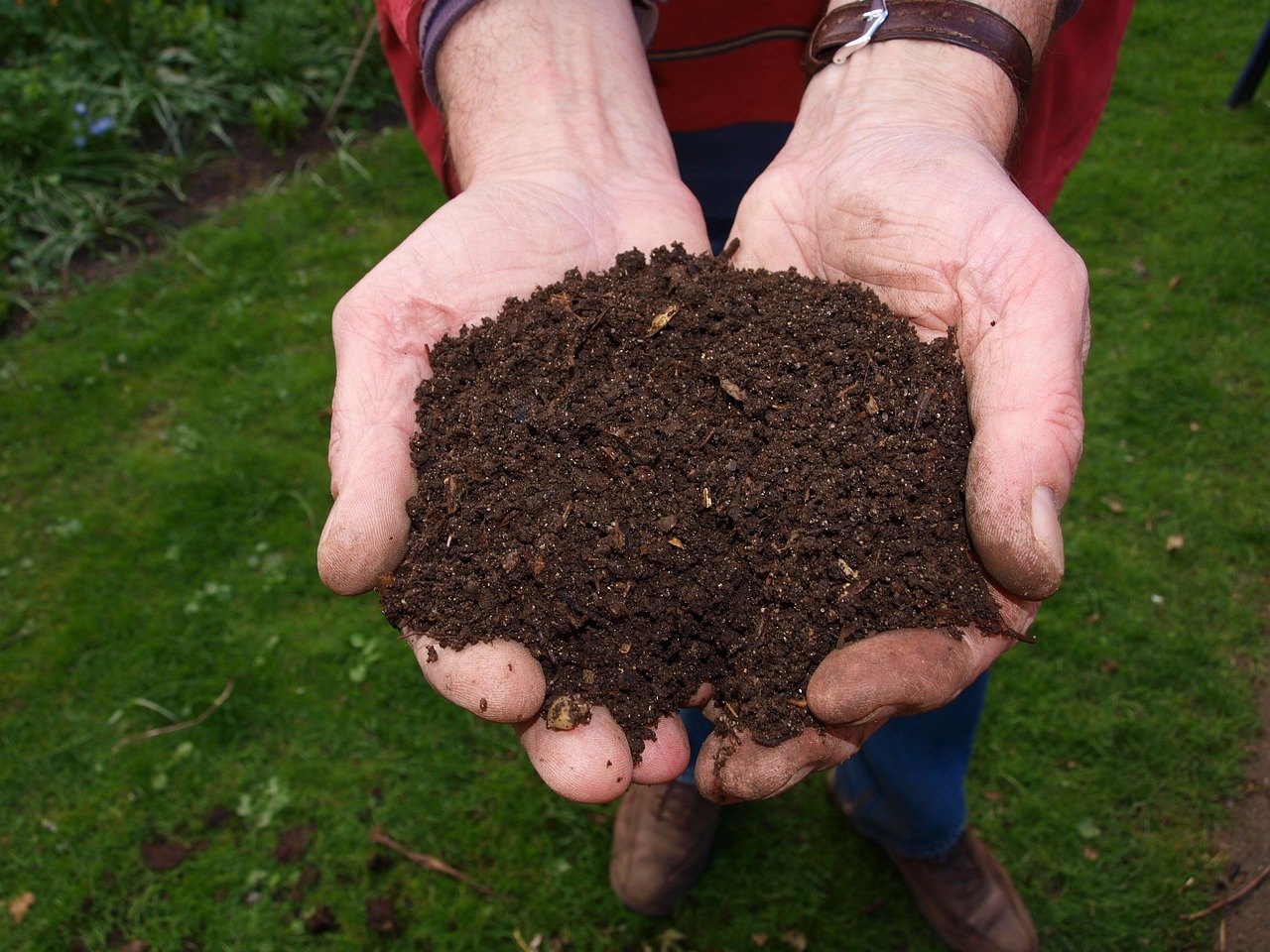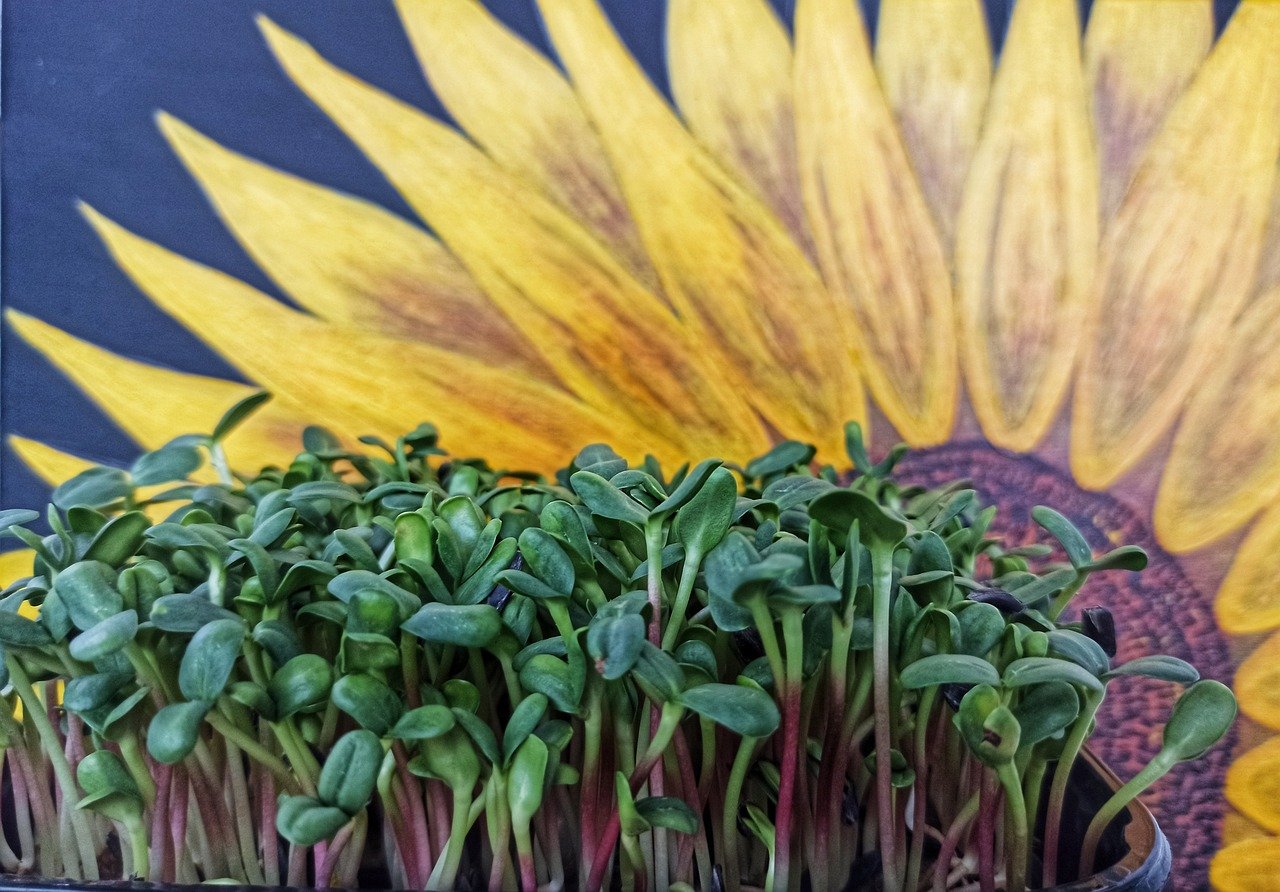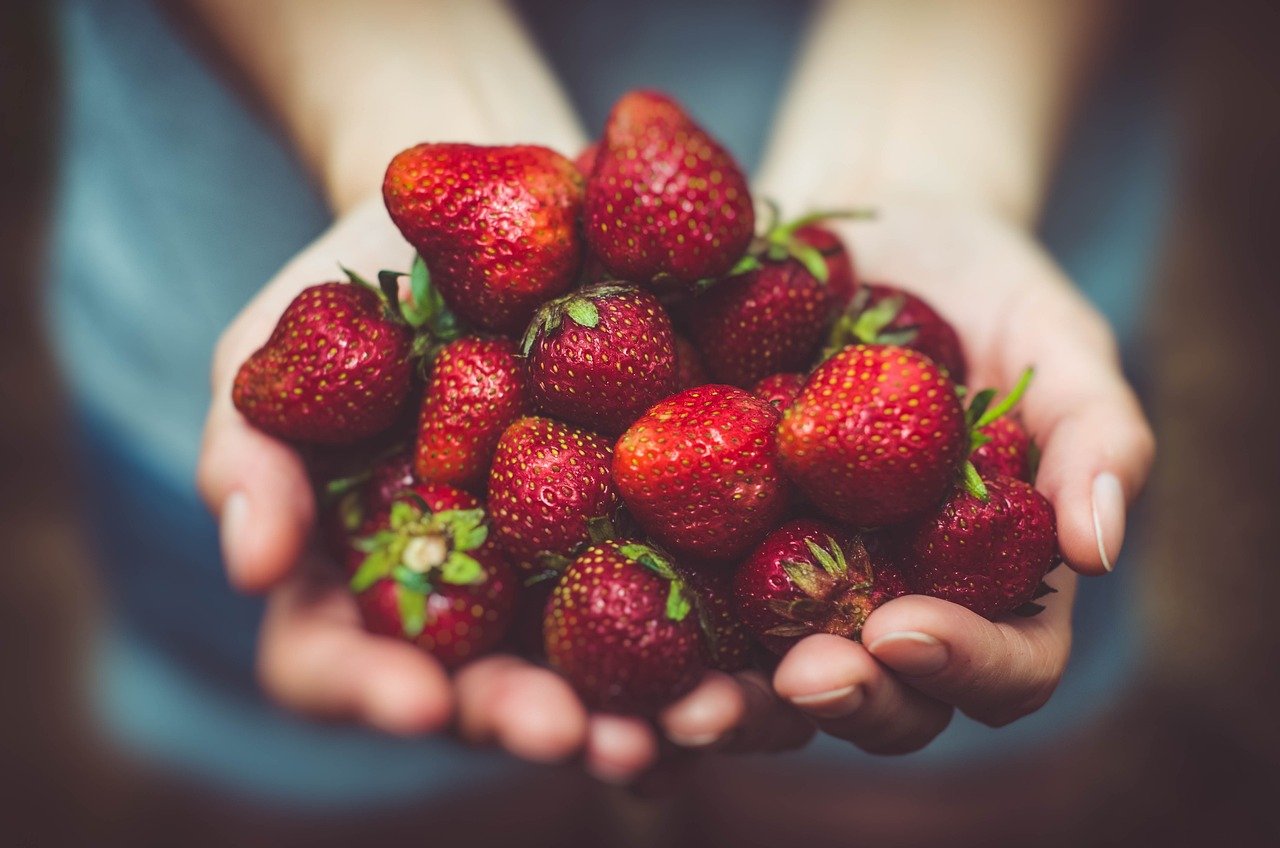
Testing garden soil for beginners
Introduction
Gardening is a delightful and rewarding endeavor that allows us to connect with nature, cultivate beauty, and nourish ourselves with homegrown produce. However, the success of any garden ultimately depends on the health of its foundation: the soil.
Understanding the composition of your garden soil is crucial for achieving optimal plant growth and a flourishing garden ecosystem. This is where soil testing comes into play as a fundamental tool for every gardener.
Importance of Testing Garden Soil
Testing your garden soil provides invaluable insights into its current condition, helping you make informed decisions about how to improve it for successful gardening. One of the primary reasons for testing soil is to determine its pH level, which influences nutrient availability to plants.
Soil that is too acidic or alkaline can hinder nutrient uptake and lead to stunted growth or even plant failure. By knowing your soil’s pH, you can take corrective measures through amendments to create an environment conducive to plant health.
Benefits of Understanding Soil Composition
Besides pH levels, understanding the composition of your soil offers a wealth of benefits that can transform your gardening experience. By analyzing nutrient levels such as nitrogen, phosphorus, and potassium, you can tailor your fertilization practices to meet specific plant requirements.
Moreover, recognizing the organic matter content in your soil allows you to enhance its structure and fertility through composting or other organic amendments. Armed with this knowledge, you can optimize growing conditions in your garden and achieve bountiful harvests while fostering a sustainable environment.
Basics of Soil Testing
Unveiling the Essence: What is Soil Testing?
Soil testing is a fundamental practice that involves assessing the chemical, physical, and biological properties of soil to determine its fertility and health. By conducting soil tests, gardeners gain valuable insights into the composition of their soil, including nutrient levels and pH balance.
This information is crucial for making informed decisions about fertilization, amendments, and plant selection to optimize growth and yield in the garden. Soil testing serves as a diagnostic tool that empowers gardeners to create a customized care plan tailored to their specific soil conditions.
Exploring Diverse Avenues: Different Methods of Testing Soil
There are various methods available for testing soil, catering to different levels of expertise and resources. DIY home test kits offer a convenient and affordable option for beginners looking to gain preliminary insights into their soil composition. These kits typically include test strips or chemical solutions that can measure pH levels and certain nutrients in the soil.
While DIY kits provide quick results, they may have limitations in terms of accuracy and comprehensiveness. For a more thorough analysis, sending soil samples to a professional lab is recommended.
Professional labs use advanced equipment and techniques to assess multiple factors such as nutrient content, organic matter levels, cation exchange capacity, and microbial activity in the soil. The detailed report generated by a professional lab can provide invaluable data for guiding precise management strategies in gardening endeavors.
The Foundation of Fertile Ground: Understanding Soil Composition
pH Levels: Balancing the Scale of Plant Health
The pH level of soil is a critical factor that directly influences plant health and growth. It measures the acidity or alkalinity of the soil on a scale from 0 to 14, with 7 being neutral.
Most plants prefer slightly acidic to neutral soil, with a pH range between 6 and 7.5. If the soil’s pH strays too far from this optimal range, it can lead to nutrient deficiencies as certain minerals become unavailable to plants.
For example, acidic soils can lock up essential nutrients like phosphorus and calcium, while alkaline soils can limit the availability of micronutrients such as iron and zinc. By testing and adjusting the pH levels of your garden soil, you can create an ideal environment for healthy plant growth.
The Nutrient Trio: Nitrogen, Phosphorus, Potassium
Essential nutrients are vital for plants to thrive, with nitrogen (N), phosphorus (P), and potassium (K) being the primary macronutrients needed in larger quantities. Nitrogen promotes lush foliage growth and vibrant green leaves.
Phosphorus is crucial for root development, flowering, and fruit production. Potassium helps plants resist diseases, regulate water usage, and enhance overall resilience.
In addition to these macronutrients, micronutrients such as iron, zinc, manganese, copper are also required in smaller amounts but are equally important for various metabolic functions in plants. Understanding the balance of these nutrients in your soil is key to providing adequate nourishment for your garden’s diverse plant life.
The Essence of Enrichment: Organic Matter Content
Organic matter plays a fundamental role in maintaining healthy soil structure and fertility levels. It consists of decomposed plant material like leaves, grass clippings, composted kitchen scraps – enriching the soil with beneficial microorganisms that aid in nutrient cycling processes essential for plant growth. The presence of organic matter improves soil’s water retention capacity while promoting good drainage properties critical for root health.
Collecting Soil Samples Properly
When testing your garden soil, it is crucial to collect samples properly to ensure accurate results. Start by determining the depth at which to collect samples. For most plants, sampling at a depth of 6-8 inches is recommended as this is where the majority of roots are actively absorbing nutrients.
Make sure to sample from multiple locations in your garden, especially if different areas have varying plant types or soil conditions. Use a clean trowel or soil auger to collect samples, ensuring that the tools are not contaminated with debris or old soil remnants.
Avoid sampling areas where fertilizers or compost have recently been added, as this can skew the results. Mix the samples thoroughly in a clean container before proceeding with testing to get a representative sample of your overall garden soil.
Tools Needed for Sampling

Having the right tools for sampling your garden soil is essential for accurate testing. A trowel or spade is commonly used for collecting samples at the appropriate depth.
Additionally, you may need a bucket or clean container to mix and store the collected samples before testing. If you prefer more precise and consistent sampling, consider investing in a soil auger, which allows you to extract uniform cores of soil at the desired depth.
This tool can be particularly useful for larger gardens or when conducting regular soil tests throughout different growing seasons. Regardless of the tool used, always ensure they are cleaned thoroughly before each sampling session to prevent cross-contamination between different areas of your garden.
Conducting The Test
When it comes to conducting tests on your garden soil, you have two primary options: using DIY kits or sending samples to a professional lab. DIY kits are convenient and cost-effective for basic testing needs and can provide valuable insights into your soil’s pH levels and nutrient content. If you seek more detailed analysis and tailored recommendations for improving your soil quality, sending samples to a lab is recommended.
Labs use specialized equipment and techniques to provide accurate assessments of your soil composition, including detailed information on nutrient levels and any deficiencies present. Once you receive the test results, it’s important to interpret them correctly in order to make informed decisions regarding any necessary amendments or adjustments needed in your garden.
Adjusting pH levels with lime or sulfur
One of the crucial aspects of improving soil quality based on test results is adjusting the pH levels to create an optimal environment for plant growth. Soil pH directly affects nutrient availability to plants, with most vegetables and flowers thriving in slightly acidic to neutral soils (pH 6.0-7.0). If your soil test reveals that the pH levels are too low (acidic), you can raise them by adding agricultural lime.
Lime helps to neutralize acidity and bring the soil closer to the desired range. On the other hand, if your soil is too alkaline, sulfur can be added to lower the pH level and make it more suitable for plant growth.
Adding fertilizers based on nutrient deficiencies
Once you have identified specific nutrient deficiencies in your garden soil through testing, it’s essential to address these deficiencies by adding appropriate fertilizers. Different types of plants have varying nutrient requirements, so it’s crucial to tailor your fertilizer application according to specific needs.
For example, if your soil test indicates a lack of nitrogen, you can supplement it with a fertilizer high in nitrogen such as ammonium sulfate or blood meal. Similarly, phosphorus deficiency may call for adding superphosphate or bone meal, while potassium-deficient soils benefit from potassium sulfate or muriate of potash.
Increasing organic matter through composting

Composting is a natural and sustainable way to increase organic matter content in your garden soil, which is vital for enhancing its fertility and overall health. Organic matter improves soil structure, increases water retention capacity, promotes beneficial microbial activity, and provides essential nutrients for plant growth over time.
By composting kitchen scraps, yard waste, and other organic materials like grass clippings and leaves, you can create a nutrient-rich amendment that enriches your soil without relying heavily on synthetic fertilizers. Regularly incorporating compost into your garden beds not only boosts soil quality but also reduces waste by recycling organic materials back into the ecosystem.
For more information on composting check out an in-depth article we have detailing how to get started here.
Advanced Testing Techniques for Enthusiasts
Soil Texture Analysis using the Ribbon Test
For gardening enthusiasts looking to delve deeper into understanding their soil, conducting a soil texture analysis using the ribbon test can provide valuable insights. This hands-on method involves taking a small amount of damp soil and rolling it between your fingers to form a ribbon. The length and feel of the resulting ribbon can help determine the soil texture—whether it is sandy, loamy, or clayey.
Sandy soils will not form a ribbon and feel gritty, while clay soils will form a long, sticky ribbon that holds together well. Loamy soils fall somewhere in between, forming a medium-length ribbon with a slightly gritty texture.
By performing the ribbon test on different areas of your garden, you can identify variations in soil texture that may impact plant growth and drainage. Understanding the texture of your soil can guide decisions on what plants to grow in specific areas and inform cultivation practices such as adding organic matter to improve soil structure.
Conducting a Jar Test for Sedimentation Rates
Another advanced technique that enthusiasts can use to assess their soil is conducting a jar test for sedimentation rates. This simple yet effective method involves collecting a soil sample, adding water to create a slurry, and shaking it vigorously before allowing it to settle in a clear container.
Over time, different particles in the soil will settle at varying rates based on their size and density. Sand particles will settle first due to their larger size and weight, followed by silt particles and finally clay particles which take much longer to settle.
Interpreting the sedimentation patterns observed in the jar test can provide insights into the composition of your soil—helping you understand its drainage capabilities, nutrient-holding capacity, and overall health. By analyzing these sediment layers, enthusiasts can make informed decisions about amendments or treatments needed to optimize soil conditions for healthy plant growth.
Frequently Asked Questions about Soil Testing
How often should you test your garden soil?
Testing your garden soil regularly is crucial for maintaining healthy plant growth. It is generally recommended to test your soil at least once a year, preferably in the spring before planting season begins. However, certain factors may require more frequent testing, such as if you notice declining plant health or if you have recently made significant changes to your garden, like adding new plants or amendments.
Seasonal variations can also impact soil composition, so it’s wise to monitor changes over time. By routinely testing your garden soil, you can ensure that your plants have the necessary nutrients for optimal growth and address any issues promptly.
Can you over-fertilize your garden based on test results?

Yes, it is possible to over-fertilize your garden based on soil test results. Over-fertilization can lead to nutrient imbalances in the soil, which can harm plant health rather than enhance it. Soil tests provide valuable information about the existing nutrient levels in your soil, allowing you to make informed decisions about fertilization.
It’s essential to follow the recommendations provided by the soil test results and avoid excessive use of synthetic fertilizers. Organic fertilizers are typically less likely to cause nutrient imbalances and can be a safer option for maintaining a healthy balance in the soil.
Are there any natural alternatives to chemical fertilizers?
Yes, there are several natural alternatives to chemical fertilizers that can help improve soil fertility and support plant growth sustainably. Compost is an excellent natural fertilizer that enriches the soil with organic matter and essential nutrients.
Additionally, using cover crops like legumes can fix nitrogen in the soil naturally and improve its structure. Another option is incorporating organic mulches such as straw or grass clippings into your garden, which gradually release nutrients into the soil as they decompose.
Furthermore, practices like crop rotation and companion planting can help naturally replenish nutrients in the soil while reducing reliance on chemical inputs. Embracing these natural alternatives not only benefits plant health but also promotes long-term sustainability in gardening practices.
Conclusion
Summary of Key Points Discussed
In this comprehensive guide to testing garden soil for beginners, we have delved into the crucial importance of understanding soil composition for successful gardening endeavors. We explored the basics of soil testing methods, from DIY home kits to professional lab analyses, shedding light on the significance of factors such as pH levels, nutrient content, and organic matter in the soil. By outlining the steps involved in collecting and interpreting soil samples, we have empowered aspiring gardeners to take charge of their soil health and optimize plant growth. For a complete guide on what our soil is made of and how to get the most from it check out our book Soil Science Decoded here.
Inspiring a Greener Future
As we wrap up this exploration of soil testing, let us embrace a vision of vibrant gardens teeming with life and vitality. By arming ourselves with knowledge about our garden’s soil composition and taking proactive steps to enhance its quality based on test results, we are not just cultivating plants; we are nurturing ecosystems. Each adjusted pH level, added nutrient boost, or composted organic matter contributes to a greener future where our gardens thrive sustainably.
Remember, every sample tested is a step towards creating a more resilient and bountiful environment for generations to come. So go forth with confidence, armed with your newfound expertise in testing garden soil – let your gardening journey be as fruitful as the soils you nurture!




